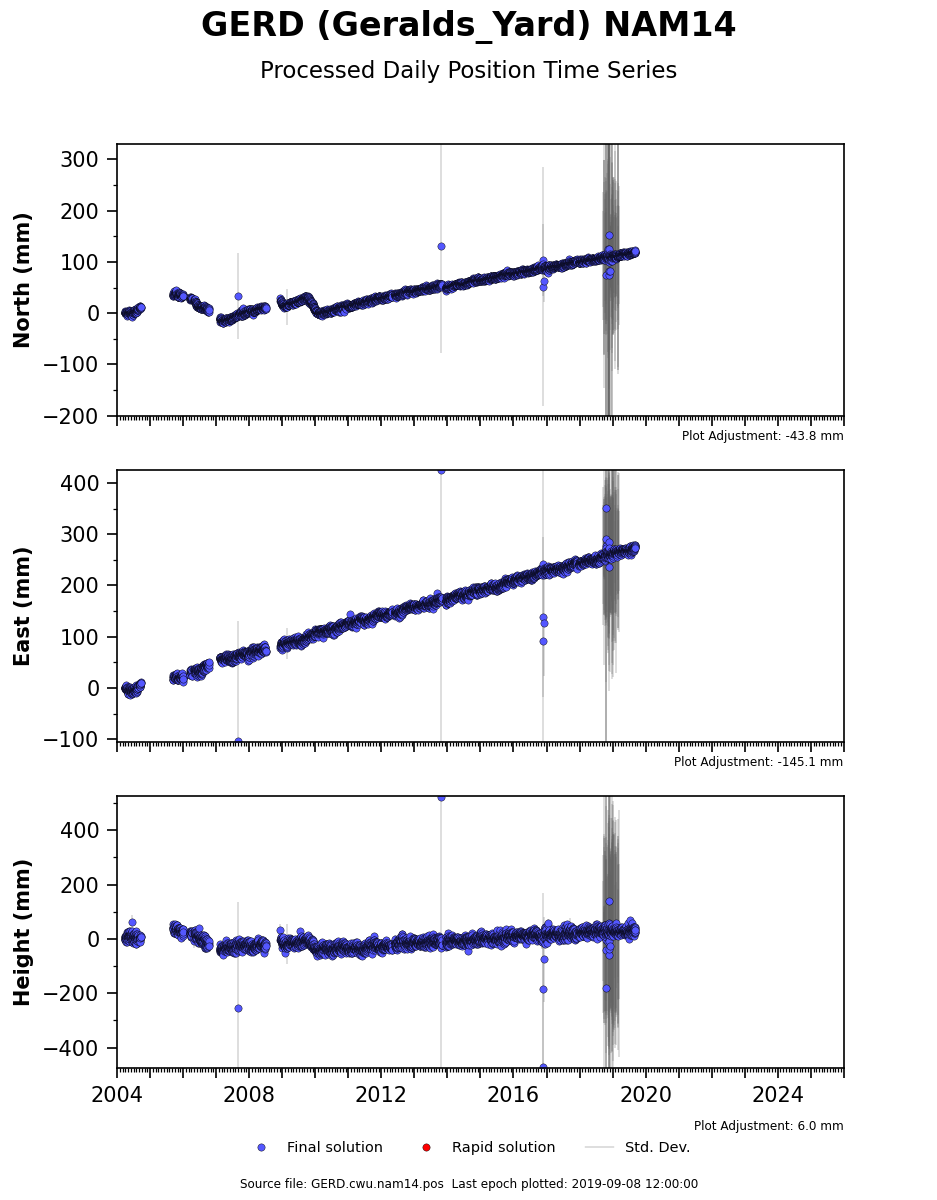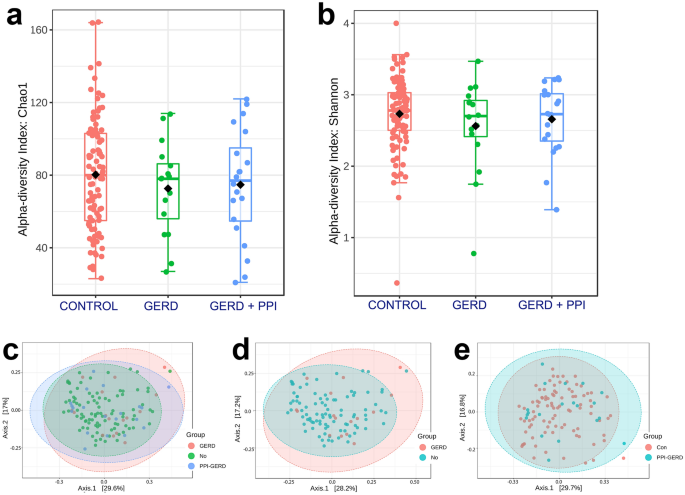Plots Heartburn

| Author | Nora Ephron |
|---|---|
| Country | United States |
| Language | English |
| Genre | Literary fiction |
| Publisher | Alfred A. Knopf |
| March 12, 1983 | |
| Pages | 179 |
| ISBN | 978-0679767954 |
Fear Can Cause Heartburn. When you're afraid, stressed, or anxious, your body can produce excess stomach acid, which can lead to heartburn and acid reflux, according to the Calm Clinic. Heartburn is an autobiographical novel based on Nora Ephron 's marriage to and divorce from Carl Bernstein, her second husband. Originally published in 1983, the novel draws inspiration from events arising from Bernstein's affair with Margaret Jay, the daughter of. Meals high in fats and oils (animal or vegetable) often lead to heartburn, as do certain medications. Stress and lack of sleep can raise how much acid your stomach makes and can cause heartburn.
Heartburn is an autobiographical novel based on Nora Ephron's marriage to and divorce from Carl Bernstein, her second husband.[1] Originally published in 1983, the novel draws inspiration from events arising from Bernstein's affair with Margaret Jay, the daughter of former British prime ministerJames Callaghan. Ephron also wrote the screenplay for the 1986 film adaptation.
- To determine if your heartburn is a symptom of GERD, your doctor may recommend: X-ray, to view the shape and condition of your esophagus and stomach. Endoscopy, to check for abnormalities in your esophagus. A tissue sample (biopsy) may be taken for analysis.
- Heartburn is a symptom of a common medical condition (GERD) that affects up to 20% of the population. Initial therapies to limit the amount of stomach acid production include lifestyle changes including avoiding certain foods, alcohol, anti- inflammatory medications, and quitting smoking.
The novel is a vivid depiction of the breakdown of a marriage. Its strong autobiographical content provides insight into one of the 'power couples' of the late 1970s. It is Nora Ephron's first published novel but in it she mentions subjects that she would go on to feature in future work such as When Harry Met Sally... and Julie & Julia.
Plot[edit]

The narrator of the novel is Rachel Samstat (based on Nora Ephron), a food writer who is married to Mark Feldman (based on Carl Bernstein), a political journalist. Rachel is a JewishNew Yorker who has moved to Washington, D.C., to support her husband's career. They have one son, Sam, and Rachel is pregnant with their second child as the book begins. The book wittily describes the life of an upper middle class intellectual couple replete with neuroses—Rachel is in group therapy, Mark agonizes over the mystifying disappearance of his socks. Threaded through the whole are recipes[2] and anecdotes which drive the story along and humanize Samstat.
Rachel's self-esteem takes a huge battering as Mark has an affair with Thelma Rice (based on Margaret Jay) and she takes her revenge by telling the Washington grapevine that Thelma has a venereal disease.
Rachel's diamond engagement ring that is stolen from Rachel when she is at group therapy is pivotal to the plot. Remarkably she gets it back when the police catch the robber. The stone is loose in its setting and she takes it back to the family jeweler to get it fixed. Here she discovers that while she had been in the hospital giving birth, Mark had bought an expensive necklace for his lover Thelma. She sells the ring and the money enables her to go back to New York and start afresh.
Reception[edit]
In a New Yorker piece on novels that include recipes, Adam Gopnik writes, 'in Heartburn, the recipes serve both as a joke about what a food writer writing a novel would write and as a joke on novel-writing itself by someone who anticipates that she will not be treated as a 'real' novelist.'[3]
References[edit]
Plots Heartburn Without
- ^'Unfaithfully Yours: Adultery in America', People August 18, 1986, Vol. 26 No. 7. Retrieved 27 June 2012
- ^'The Art of the Novel as Cookbook', by Marialisa Calta, New York Times February 17, 1993. Retrieved March 22, 2016
- ^'Cooked Books: Real Food from Fictional Recipes', by Adam Gopnik, New Yorker April 9, 2007. Retrieved March 22, 2016
How is a hiatal hernia treated?
Most hiatal hernias do not cause problems and rarely need treatment. However, since some patients with a hiatal hernia have symptoms of GERD, treatment starts with methods used to manage GERD. These include making such lifestyle changes as:

- Losing weight if you’re overweight.
- Decreasing the portion sizes of meals.
- Avoiding certain acidic foods—such as tomato sauce and citrus fruits or juices—that can irritate the esophageal lining.
- Limiting fried and fatty foods, foods or drinks containing caffeine (including chocolate), peppermint, carbonated beverages, alcoholic beverages, ketchup and mustard, and vinegar.
- Eating meals at least three to four hours before lying down, and avoiding bedtime snacks.
- Keeping your head six inches higher than the rest of your body when lying on your back. Raising the level of your head helps gravity keep your stomach’s contents in the stomach. Raising the head of your bed by angling your mattress works best—piling your pillows doesn’t work as well because it makes you crunch your middle instead of simply angling your body upwards.
- Quitting smoking.
- Not wearing a tight belt or tight clothing that can increase the pressure on the abdomen — such as control top hosiery and body shapers.
- Taking medications after eating to reduce acid in the stomach. These over-the-counter medications include antacids, Gaviscon®, or H-blockers (such as Pepcid AC® or Zantac®).
Plots Heartburn Symptoms
Sometimes, a medication called a proton-pump inhibitor might be used to treat hiatal hernia. This medication is another way to decrease the amount of stomach acid you have, which can help prevent reflux. When you take this medication, your body doesn’t make as much stomach acid as normal. This is similar to H-blocker medications.
Can over-the-counter medications help relieve my hiatal hernia symptoms?

In many cases, over-the-counter medications can help you with some symptoms of hiatal hernia. Antacids are the most common medication you might use for relief. However, if you take over-the-counter medications for longer than two weeks without any improvement, see your healthcare provider. Prescription medications are typically the next step. These can include:
- Pantoprazole (Protonix®).
- Rabeprazole (Aciphex®).
- Esomeprazole (Nexium®).
- Omeprazole (Prilosec®).
- Lansoprazole (Prevacid®).
When is surgery for a hiatal hernia needed?
If the portion of the stomach entering the esophagus is being squeezed so tightly that the blood supply is being cut off, you’ll need to have surgery. Surgery may also be needed in people with a hiatal hernia who have severe, long-lasting (chronic) esophageal reflux whose symptoms are not relieved by medical treatments. The goal of this surgery is to correct gastroesophageal reflux by creating an improved valve mechanism at the bottom of the esophagus. Think of this valve as a swinging door. It opens to let food pass down into the stomach and then closes to keep stomach contents from going back up the esophagus. When this valve doesn’t work correctly, your stomach contents can go the wrong way and damage your esophagus. If left untreated, chronic gastroesophageal reflux can cause complications such as esophagitis (inflammation), esophageal ulcers, bleeding or scarring of the esophagus.
How is surgery for a hiatal hernia performed?
Surgery for repairing a hiatal hernia involves:

- Pulling the hiatal hernia back into the abdomen.
- Improving the valve at the bottom of the esophagus.
- Closing the hole in the diaphragm muscle.
During surgery, your surgeon will wrap the upper part of the stomach (called the fundus) around the lower portion of the esophagus. This creates a permanently tight sphincter (the valve) so that stomach contents will not move back (reflux) into the esophagus.
Called a fundoplication, there are two versions of this surgery. An open fundoplication surgery involves a larger incision. This type of procedure may need to be done in some very severe cases and it allows for greater visibility during surgery. However, open surgeries require a longer recovery time in the hospital. In many cases, the surgeon will decide to use a laparoscopic approach instead.
A laparoscopic surgery is done through several small incisions instead of one big cut. This is considered a minimally invasive option. The specific laparoscopic procedure used to repair a hiatal hernia is called the Nissen fundoplication. This procedure creates a permanent solution to your hiatal hernia symptoms. During the procedure, your surgeon will make five or six tiny incisions in the abdomen. The laparoscope (a tool that allows the surgical team to see your internal organs on a screen in the operating room) and other surgical instruments are inserted through the small incisions. The fundus is wrapped around the esophagus and the sphincter is tightened during surgery. The advantages of laparoscopic surgery compared to an open surgery include:
Plots Heartburn
- Smaller incisions.
- Less risk of infection.
- Less pain and scarring.
- A shorter recovery.